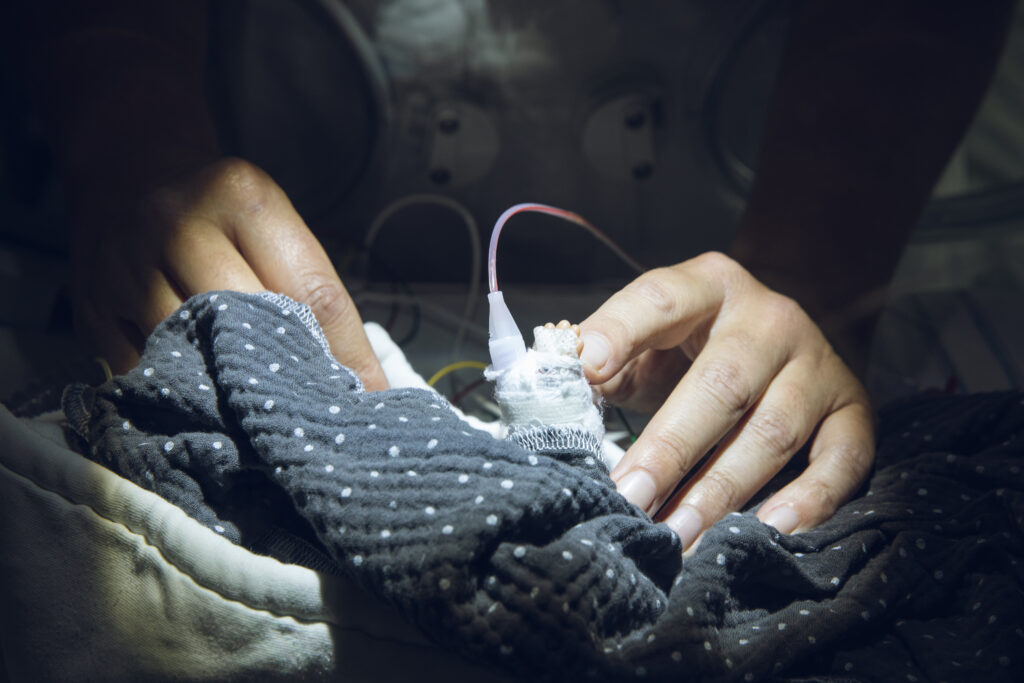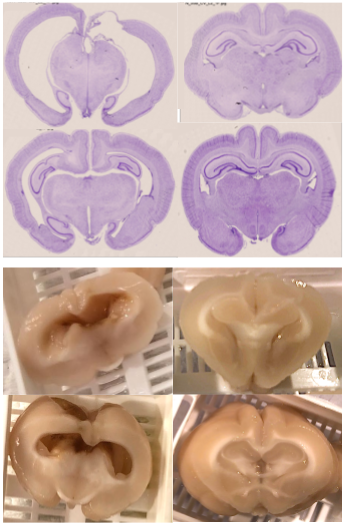RESEARCH
About Us
The overall objective of the Neonatal Neuroprotection group is to identify and evaluate novel neuroprotective interventions to improve development and health in extremely vulnerable clinical populations.
From a clinical perspective, our research focus on three main groups of infants:
- Infants born extremely preterm,
- Infants who develop severe cerebral intraventricular hemorrhage, and
- Infants with severe congenital heart defects requiring surgery assisted by cardiopulmonary bypass
Through our research, we aim to:
- Build an increased understanding of the processes responsible for the development of brain damage and subsequent neurological and cognitive impairment
- Identify novel protective treatment strategies in order to improve neurodevelopment
Our Vision
Our philosophy is to contribute with internationally highly competitive research and foster distinguished and competent scientists, while developing innovative solutions for treatment of human diseases.
By adopting a translational and multidisciplinary approach, we aim to build an increased understanding of disease processes and identify novel treatment strategies in order to improve development and health of highly vulnerable patients.
Our philosophy is to contribute with internationally highly competitive research and foster distinguished and competent scientists, while contributing to developing innovative solutions for treatment of human diseases.
Preterm Birth and Brain Development
Annually, approximately 15 million babies are born preterm (born before 37 weeks of pregnancy). Preterm birth is the main contributor of neonatal mortality and morbidity. In Sweden, national guidelines advocate active care of extremely preterm infants (born before 28 weeks of pregnancy).
Significant improvements in neonatal care over the last decades have enabled survival of an increasing number of infants following extremely preterm birth. Unfortunately, this is accompanied by a high prevalence of major neonatal morbidity or mortality. The major complications of preterm birth are: severe intraventricular hemorrhage (IVH), severe retinopathy of prematurity (ROP), severe bronchopulmonary dysplasia (BPD), periventricular leukomalacia (PVL) and necrotizing enterocolitis (NEC). In addition, preterm birth increases the risk of abnormal brain development and related neurodevelopmental problems, with an increased risk of motor impairment, cognitive impairment, neurobehavioral problems, hearing loss and blindness.


Intraventricular Hemorrhage in Preterm Infants
Intraventricular hemorrhage (IVH) is defined as a bleeding within the ventricles of the brain, and is a serious complication of preterm birth. Despite significant improvement in perinatal and neonatal care, the incidence of IVH remains constantly high. Extremely preterm infants (born before 28 weeks of pregnancy) are at particularly high risk, and approximately one-third of these newborns develop IVH.
The diagnosis of IVH is usually established by brain ultrasound examination, which is routinely performed on days 1, 3, 7, and 14 after birth in all preterm infants born before 32 weeks of pregnancy. IVH are graded from I-IV, where III and IV are often referred to as severe IVH with an increased risk of adverse neurodevelopmental outcome. Approx. 20% of extremely preterm infants develop severe cerebral IVH and more than half of these infants survive into childhood.
The presence of IVH, independently of grade, increases the risk for impaired neurodevelopmental and behavioral outcome, but severe IVH constitute the single most important determinant of long-term neurodevelopmental impairment following preterm birth. Currently, there is no available therapy to either prevent or treat IVH in preterm infants.
Newborns with congenital heart defects
More information coming soon


Extracellular hemoglobin and brain development
More information coming soon
Trophic support and brain development
More information coming soon


Mesenchymal stem cells – unique cells with potential applications in neonatology
More information coming soon
